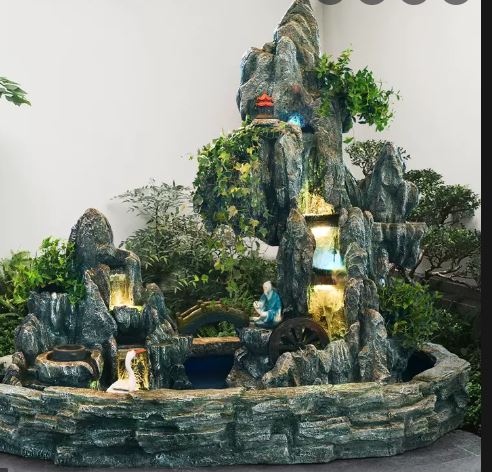Contact Me: howtopbestinfo@gmail.com
Contact Me: howtopbestinfo@gmail.com

Sewing machines can be an invaluable tool for artists, offering them the ability to create a variety of unique pieces with precision and accuracy. Sewing machines are especially useful for creating clothing or costumes that require intricate details like pleated skirts and collars.
With their adjustable settings, they make it possible to achieve nearly any desired stitch pattern in less time than hand sewing would take.
They also allow fabric to move freely under the presser foot without having to adjust tension knobs manually as is necessary when using traditional needlework techniques such as embroidery or cross-stitch work on fabrics with stiff fibers.
For quilters, sewing machine offer precise stitching options which makes piecing together complex blocks much easier than if done by hand alone; free motion designs have become popular amongst many quilting circles due its versatility in achieving more creative effects while still maintaining strong stitches throughout each project piece - thereby reducing potential weak points caused from inconsistent thread tensions over large areas found often within larger handmade projects..
Furthermore modern day sewing machines come equipped with various additional functions including buttonhole makers , zipper installation kits & specialty feet attachments allowing users greater control when working directly onto hard materials (such as leather) where manual tools may otherwise prove problematic.
The history of the sewing machine has a long and interesting past, dating back to 1790 when French tailor Barthelemy Thimonnier created the world’s first mechanical one. Since then, various inventors have added different features for specific purposes such as leather working or embroidery.
In 1851, Elias Howe patented an improved version that featured a needle with the eye at its point rather than in its shaft; this is still used today on modern machines.
Singer was founded shortly after Howe's patent expired and soon became known for producing sturdy yet affordable models suitable for home use by everyday seamstresses who could not afford expensive industrial ones typically used by tailors and dressmakers before them.
By 1900 more than two million had been sold worldwide making it one of most successful inventions ever made!
As time went on advancements were made increasing speed while allowing users greater control over stitch length width etc., thus giving rise to new techniques available only through these sophisticated devices – namely free-motion quilting decorative stitching appliqueing serging (overlock) hemming darning binding cording monograming satin stitches blind hems buttonholes gathers pleats pintucks...the list goes on..
To sum up, sewing machines are a must-have tool for any artist. Sewing machines allow artists to create beautiful works of art with ease and convenience that can't be achieved by hand stitching or other methods. The precision you get from using a machine makes it much easier to cut fabric accurately and sew intricate designs as desired. Furthermore, having the ability to produce customised pieces quickly helps save time when creating multiple items at once!


Etiam porta sem malesuada magna mollis euismod. Cras mattis consectetur purus sit amet fermentum. Aenean lacinia bibendum nulla sed consectetur.
2045-03-06 00:00:00.000000
2045-03-07 00:00:00.000000
2045-03-08 00:00:00.000000